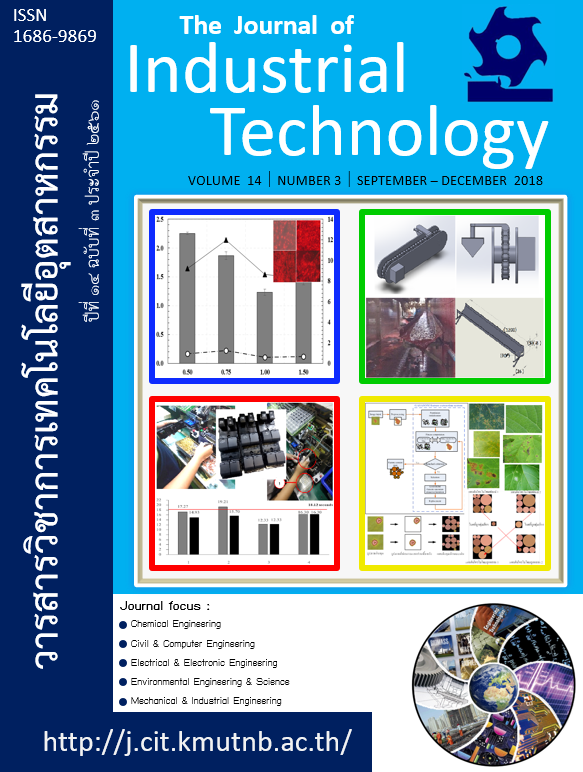ความสัมพันธ์ระหว่างประสิทธิภาพการจัดการความเสี่ยง กับผลการดำเนินงานแบบสมดุลของวิสาหกิจขนาดกลางและขนาดย่อม ในเขตกรุงเทพมหานคร (The Relationship Between the Efficiency of Risk Management and the Balanced Performance of SME Businesses in Bangkok's District)
Keywords:
Performance, Internal ControlAbstract
This research aimed to 1) study the level of efficiency of SME’s risk management in in Bangkok districts; 2) study the level of balance scorecard performance of SME’s risk management in Bangkok districts, and; 3) study the relationship between the efficiency in risk management toward the balanced performance of SME in Bangkok districts. The sample groups of the study were 200 of the management, financial operator and accountants from the SME businesses in Bangkok districts using questionnaire. According to the confirmatory factor analysis, it was found that the variables in the risk management efficiency measurement in four aspects consisted of the aspect of strategy, financial, operation and legal as well as the requirements that tied the organization as the variables that can measure on the good efficiency in risk management. Moreover, on the measuring of balanced performance from both in forms of financial and non-financial measurement consisted of four variables which were financial, customers, internal operation, and learning and development were the variables that can well measure for the performance results of SME. This conformed to the empirical data in which the results can be summarized as follows: 1) SME shall have good efficiency in risk management and overall, they were in high level; 2) SME shall have high level of balanced performance; 3) Relationship testing by SEM statistic had found that the efficiency of SME’s risk management led to the good balanced performance.
References
[2] Committee of Sponsoring Organizations of the Treadway Commission, “Enterprise Risk Management-Integrated Framework” Canada: Executive Summary, 2004.
[3] M. Beasley, D. Pagach and R. Warr, “Information conveyed in hiring announcements of senior executives overseeing enterprise-wide risk management processes”, Journal of Accounting Auditing & Finance 23(3), 2008, pp.311-332.
[4] R.E. Hoyt and A.P. Liebenberg, “The value of enterprise risk management”, Journal of Risk and Insurance 8(4), 2011, pp.795-822.
[5] K.G. Joreskog and D. Sorbom “LISREL 8: Structural equation modeling with the SIMPLIS command language” US: Scientific Software International, 1993.
[6] J.F.Jr. Hair, W.C. Black, B.J. Babin, R.E. Anderson and R.L. Tatham, “SEM: An introduction Multivariate data analysis: A global perspective”, London: Pearson Education, 2010.
[7] K. Vanichbuncha, “Structural Equation Modeling (SEM) with AMOS”, Bangkok: Samlada, 2013. (in Thai)
[8] S. Avakiat and S. Prawatrungruang, “Risk Management Related to the Performance of Small and Medium Enterprises in Pathumthani Provincee”, FEU Academic Review 11(4), 2017, pp.48-62. (in Thai)
[9] C.Florio and G.Leoni, “Enterprise risk management and firm performance: The Italian case”, The British Accounting Review 49(1), 2017, pp.56-74.
[10] D. Pagach and R. Warr, “The characteristics of firms that hire chief risk officers”, Journal of Risk and insurance 78(1), 2011, pp.185-211.
[11] M. Kittivutthikai and M. Chaisavaneeyakorn, “The Effects of Risk Management on the Work Success of Small and Medium Enterprises in Mukdaharn Province”, Journal of Humanities and Social Science Ubon Ratchathani University 6(1), 2015, pp.105-118. (in Thai)


